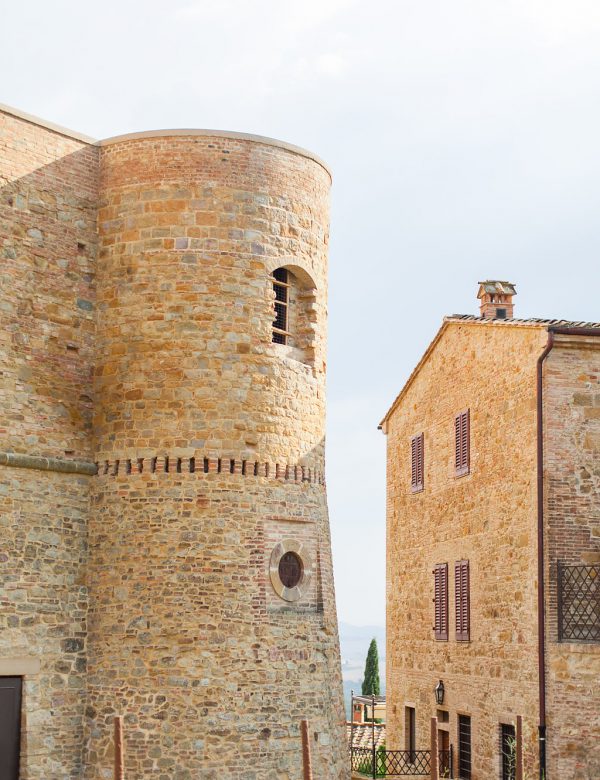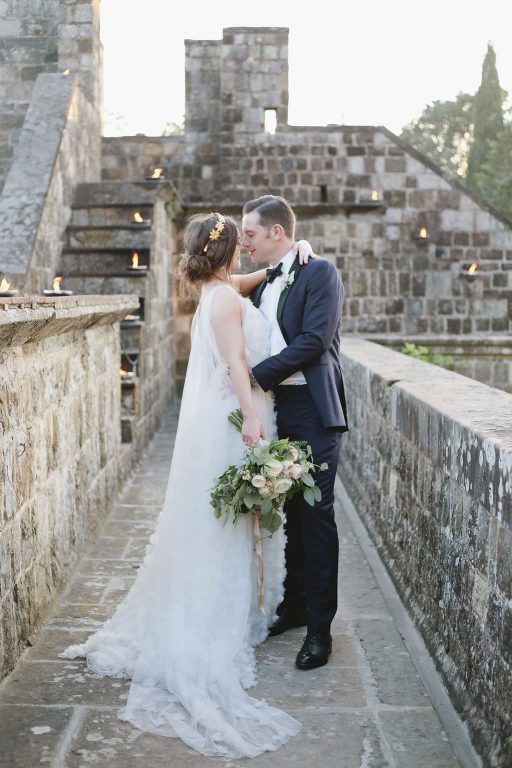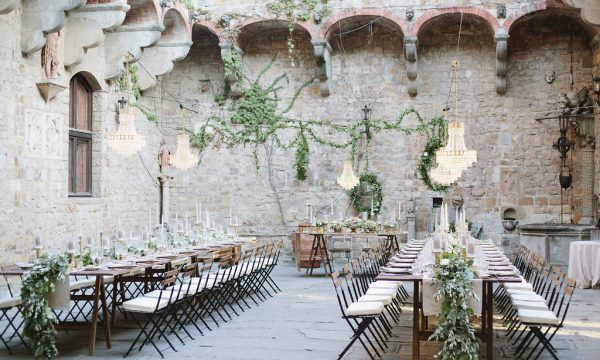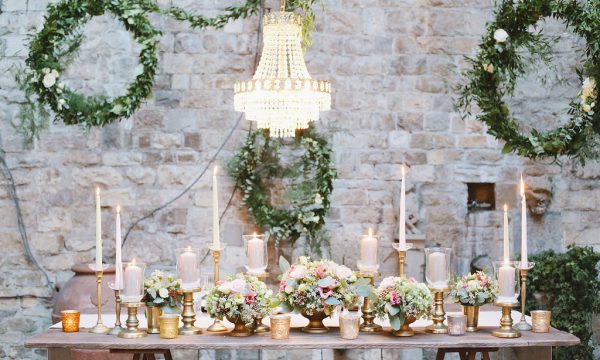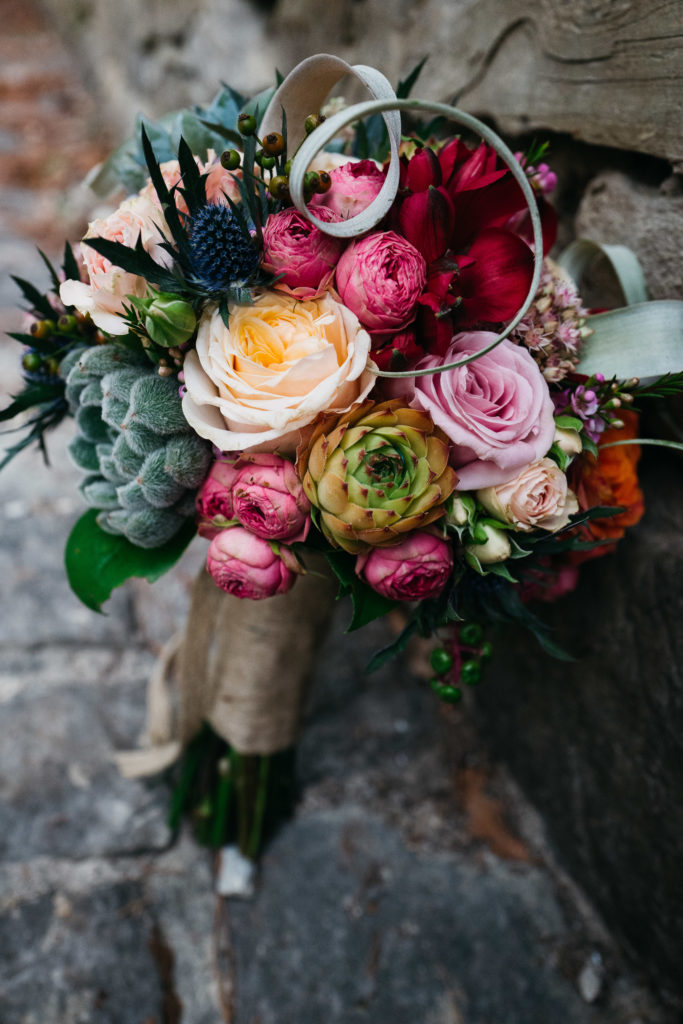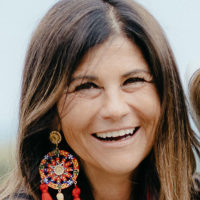Tuscany is dotted with many a castle, dating from the Early to the Late Middle Ages. These were the centuries of the so-called ‘walled towns’.
At the time, the region was not a united country, but a constellation of realms, earldoms and dukedoms, each fighting against neighboring territories to overwhelm them and gain more land and power.
The way wars were fought at the time was by continuous siege, and that is why the lords had their principal dwelling built on a hill with strong bulwarks erected to surround them for a constructive defensive system.
Tucked into soft rolling hills, today these castles are a much sought-after venue for wedding celebrations (for the castles where civil weddings are allowed), or a sumptuous banquet.
If in the past these castles were the seat of the Governor – the common title of the ruler of Medieval towns – today they are the perfect venue for the exchange of promises of eternal love.


